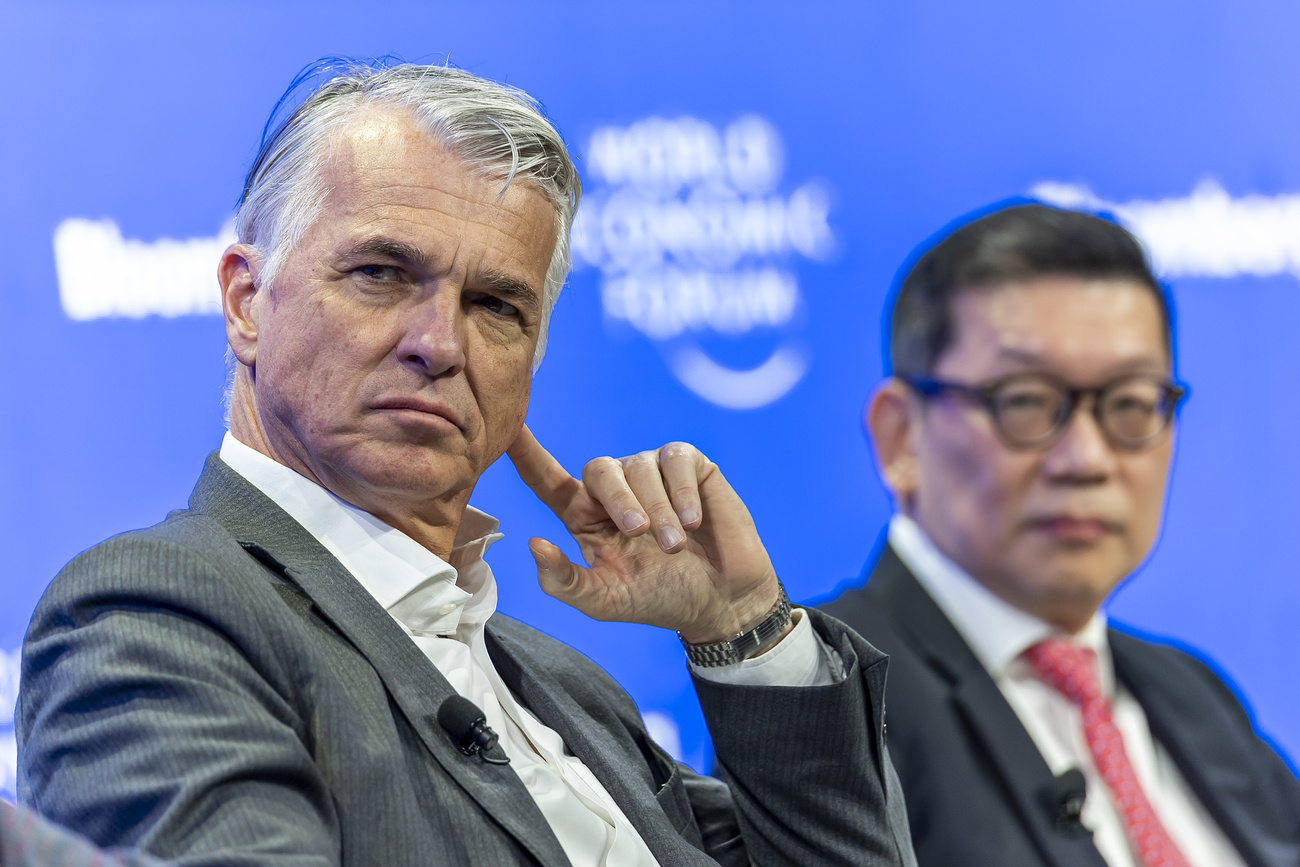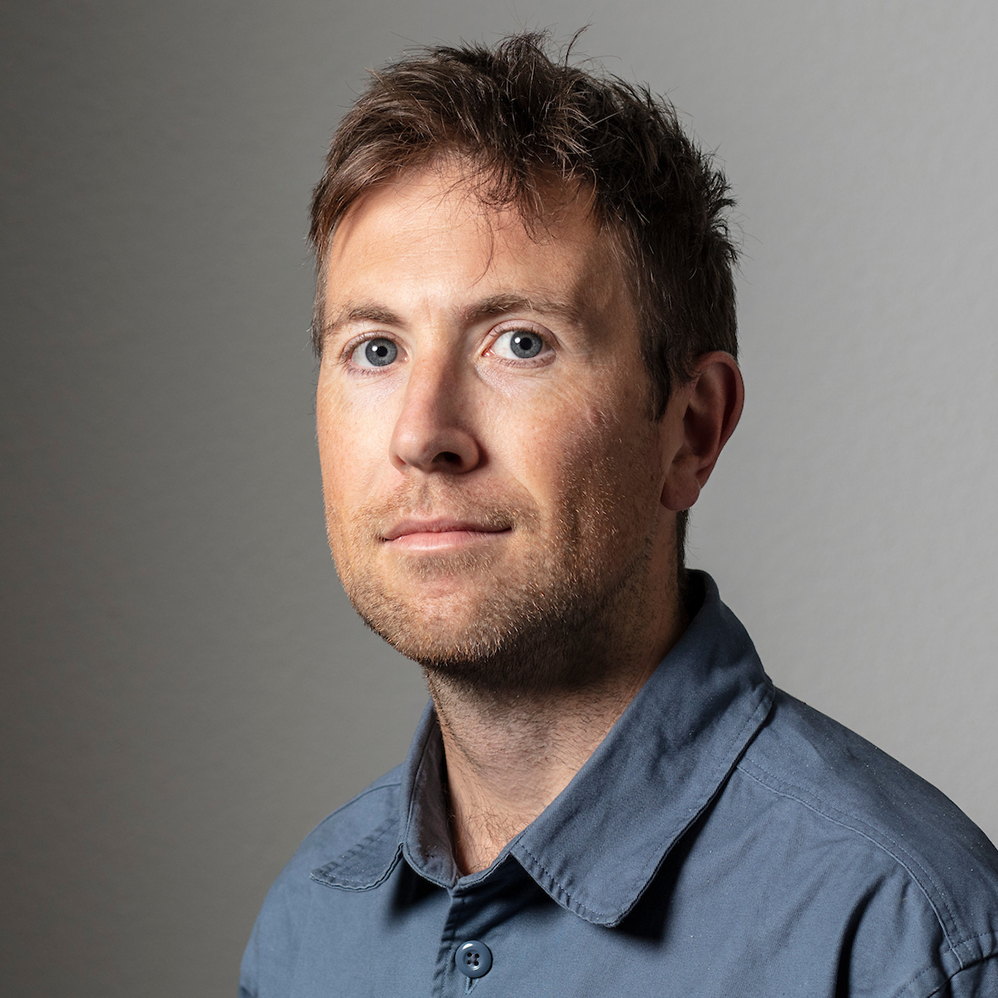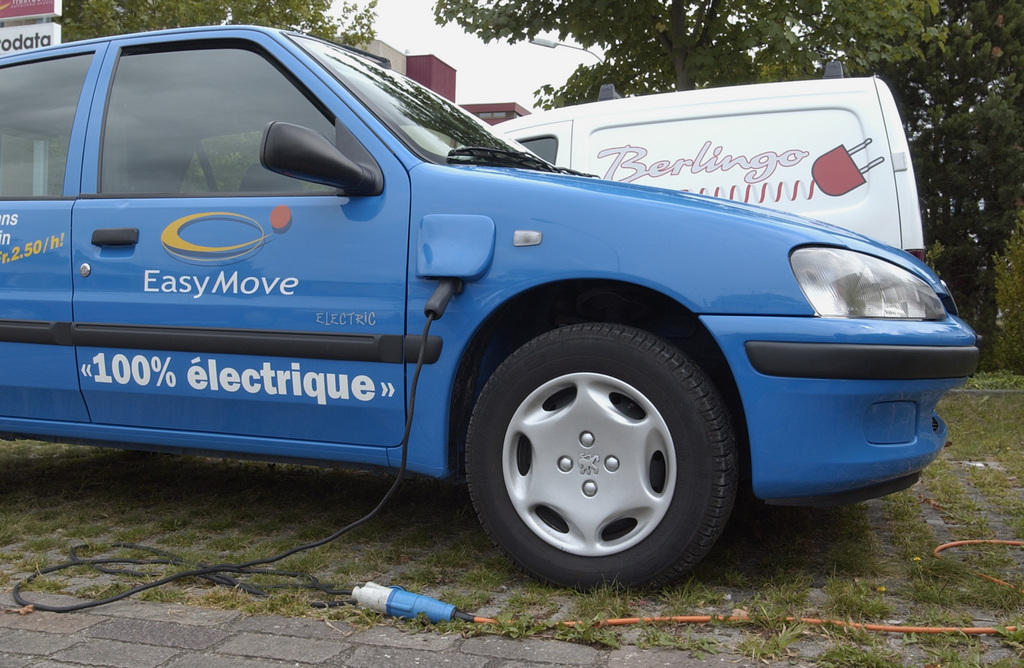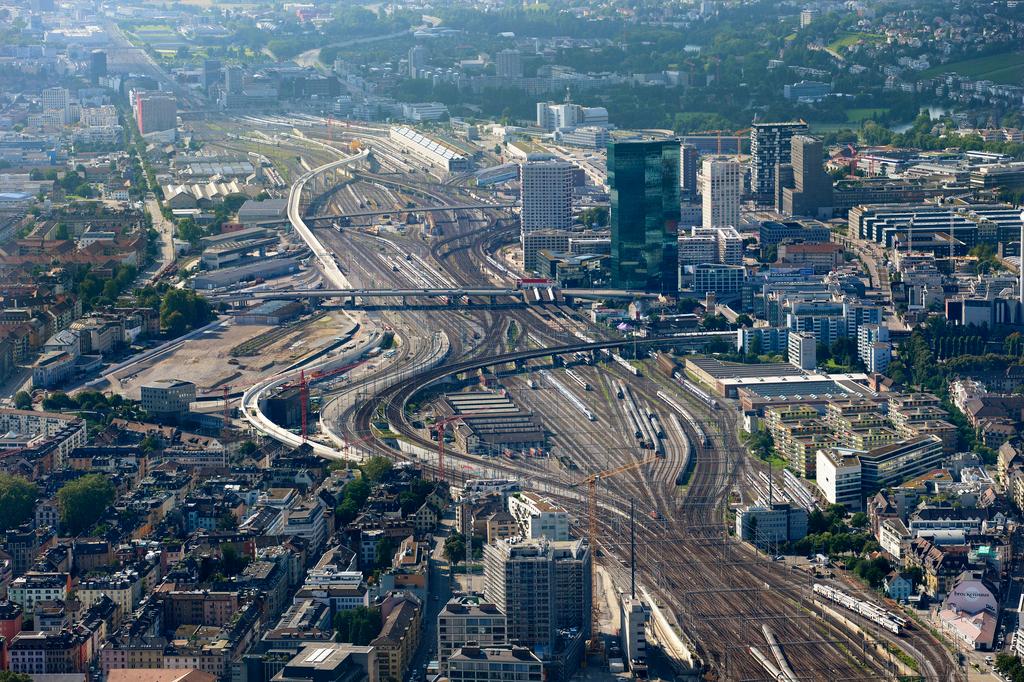Why our cities aren’t as smart as they could be

We read about tech advances in energy all the time. But are low-consumption, high-efficiency ‘green’ technologies enough to create the kind of sustainable cities we’d like to live in?
Passengers on bus line 23 of Geneva’s public transport operator TPG, which runs between the airport and municipality of Carouge, might not immediately notice anything out of the ordinary. Sure, the buses are remarkably clean, and so quiet all you can hear is the sound of tires on pavement. And, OK, a USB port built into one of the support bars (with the polite invitation to “charge your mobile device!”) is a bit unusual for a city bus.
But what makes bus 23 truly unique happens so fast, you’ll miss it if you blink: every few stops, a mechanical arm extends from the roof of the vehicle – which is free of overhead lines – and hooks itself into an unassuming overhanging battery charging port, which could easily be mistaken for a street lamp. In the time it takes for passengers to step off and on the bus, the “flash charge” is complete and the bus is on its way again.
Geneva’s TOSA bus (Trolleybus Optimisation Système Alimentation) is “the first 100% electric large-capacity bus systemExternal link”. The fleet of 20 emissions-free vehicles, each capable of transporting about 130 passengers, was put into service in March of this year and is the result of a partnership between TPG, the Office for the Promotion of Industries and Technologies (OPI), public utility company SIG, and ABB subsidiary ABB SécheronExternal link.
Thanks to the flash-charging technology, the buses can partially charge their batteries at 13 points along the route, completing a full charge – which takes about five minutes – at the terminal station. ABB expects the buses to result in 1,000 tonnes of carbon dioxide emissions savings per year.
From smart cities to smart cantons
According to the canton of Geneva websiteExternal link, the TOSA bus’s flash-charging technology isn’t its only – or even its most impressive – innovation: the vehicles can actually recover energy lost when braking, slowing down or driving down a hill, storing it within the vehicle where it can be used again when needed. This kind of responsive, efficient approach to energy storage, management and transfer is central to so-called ‘smart’ energy systems, which are being integrated in a big way in Switzerland to make ‘smart cities’.
Although the definition of what makes a city smart varies, the Swiss Federal Office of Energy’s Smart City SwitzerlandExternal link programme says that a smart city maximises quality of life for inhabitants while minimising resource consumption, based on an interconnected infrastructure that is “intelligent” not just in the digital sense, but also in its emphasis on “passive or self-regulating mechanisms”.
In its cantonal economic strategy 2030External link, Geneva expanded the concept beyond the city level, committing to a “smart canton” project aimed at integrating “new technologies in order to optimise the daily and strategic management of the territory in a sustainable way.”
But are technologies like the TOSA bus enough to make a city – or a canton – smart?
Harnessing ‘collective intelligence’
For Gianfranco Moi, Deputy Director General for Economic Development, Research and Innovation for the canton of Geneva, the plethora of technological options available to urban areas that wish to implement smart energy systems can be a double-edged sword. He says that many different projects and programmes are blossoming across the federal, cantonal and communal levels of Swiss government, as well as in public and private spheres, making it harder to capitalise on best practices and create synergies across solutions.
“We have many smart initiatives already on the way but there are some complexities by [virtue of] the fact that we are very fragmented,” Moi said during a talk in Geneva at the Swiss-US Energy Innovation Days on August 20 (see box), adding that the canton of Geneva alone has 45 communes, each with their own government.
“In order to build a smart canton or smart city, we need a solid infrastructure, reliable networks, sensors deployed in the environment and analytics to collect and analyse all this data. All that is pretty much already under control here. The challenge is to bring this together.”
Lack of harmonisation among local, regional, national, and even international energy initiatives and systems can lead to higher investment costs for infrastructure due to “one-off” projects, and a failure to capitalise on knowledge by reapplying solutions that are already known to work well, Moi explained.
He added that collaboration at all levels is an important opportunity for smart city projects, as is political support, open data initiatives, and reliable networks and infrastructures.
“Our main challenge is really collective intelligence; that’s what we need to do,” Moi said.
It’s a call to action that the Federal Council has heard. On September 5, Switzerland’s executive body announced the implementation of a revised “Digital Switzerland” strategy for 2018External link. A key part of the strategy is an action plan by the energy ministry to support smart cities and regions in Switzerland.
Specifically, the ministry emphasises harmonising the efforts already underway in Switzerland through a common set of measures, to “exploit synergies, eliminate possible duplication and improve the acceptance and visibility of these initiatives, both at national and international level.”
Smart City Hub: This project, led by the cities of St Gallen, Winterthur, Zurich and Zug as well as companies Swiss Post and Swisscom, is aimed at “complementing” existing regional projects, and connecting and supporting its members in their implementation of both public and private smart initiatives.
Digital Twin: Led by Zurich start-up Nomoko and the Swiss Federal Railways, in partnership with Swisscom, Swiss Post and AMAG, this project uses a software platform to create 3D models of a city to develop and test the interaction and management of different infrastructures (mobility, telecommunications, energy systems, etc.) The first model will be created based on the city of Basel.
Smart Villages: The goal of this project, led by the Swiss Association for Mountain Regions (SAB) is to “prepare communities and regions to recognise and use digitalisation opportunities”, not just through technological innovations but also through stakeholder involvement. Pilot projects will be carried out in five test communities in canton Valais.
PLACEHOLDER
Not just smart, but resilient too
With its focus on high efficiency, low resource use, sustainability and quality of life, the smart city concept has clear advantages. But according to Igor Linkov, a team lead at the US Army Engineer Research and Development Center and an adjunct professor at Carnegie Mellon University, concentrating on smartness alone when it comes to urban energy infrastructure may not be very, well, smart.
In his talk at SUEID 2018, Linkov cautioned that while smart energy systems are designed to be highly efficient, there is a trade-off when it comes to resilience, or the ability of those systems to recover from disruption – whether from a natural disaster or a cyberattack.
“In general, smart systems have a centralised control hub, while resilient systems are more redundant. Therefore, they’re less efficient than smart systems, but it’s easier for them to recover [from disruption or attack],” Linkov explained.
For Linkov, the question is how to create and maintain energy systems that are both smart (efficient) and resilient (able to bounce back from unexpected disruptions). To balance this trade-off, he says that developing metrics to measure resilience at every level of an energy system – from physical infrastructure to information technology to social interaction – is key.
Back in the TOSA bus, cheerful multi-coloured messages cover the interior and exterior sides: “TOSA: the electric bus made in Geneva”; “A Geneva innovation”.
Comfortable, efficient, and emissions-free, the TOSA bus is indeed a triumph of modern-day Swiss innovation. But it’s clear that new ways of planning, connecting and protecting energy systems will also play a key role in building a smarter Switzerland.
On August 20, experts from Switzerland and the United States converged in the Lake Geneva region for the fifth edition of the Swiss-US Energy Innovation DaysExternal link (SUEID), organised by the Federal Office of Energy and swissnex BostonExternal link. Representatives of government, research and industry from both countries discussed the latest progress in energy efficiency and resilience, mobility, and more.
Here are some of the other projects presented at SUEID 2018 that are aimed at making cities – in both Switzerland and the US – smarter.
Drone taxi
Laurent Horvath of the Office of the Promotion of Industries Geneva didn’t exactly present a drone taxi to the crowd; rather, he presented a feasibility study being conducted by the canton of Geneva and the European Innovation Partnership on Smart Cities and Communities (EIP-SCCExternal link), aimed at determining whether the service is something Geneva residents would welcome as an urban mobility option. The idea, Horvath said, was to “reverse engineer” a typical top-down approach to technological implementation by consulting citizens about their concerns and interests relating to uses, regulation, and privacy. The results of the feasibility study should be available in 2019, and if they are positive, a drone taxi testExternal link may be developed in 2021.
Blockchain: beyond bitcoin
Two speakers introduced the SUEID audience to how blockchain technology can be used to manage energy systems. Dale Montrone, Vice President of Operations at the Connecticut, USA-based DomaniSystemsExternal link, Inc. described how his company helps clients develop and test blockchain-powered smart contracts – computer programmes that execute secure transactions or agreements between two parties – for smart energy gridsExternal link. As a method for managing peer-to-peer energy transactions, these smart contracts will be beneficial as off-grid energy provisionExternal link increases, Montrone said.
Meanwhile, Roman Rudel, head of the Institute for Applied Sustainability to the Built Environment at the University of Applied Sciences and Arts of Southern Switzerland, talked about the spinoff company Hive PowerExternal link, which he advises. Designed for managing energy-sharing among decentralised local communities, Hive Power’s technology is aimed at optimising energy exchanges – for example in the so-called self-consumption energy communitiesExternal link that entered into force as part of Switzerland’s revised energy law on January 1 of this year – using blockchain technology.
Data for consumers
Marco Miotti, a PhD candidate at the Massachusetts Institute of technology (MIT) in Boston, presented a website, developed as a side-project to his greenhouse gas emissions research, called carboncounter.comExternal link. The online tool allows users to compare the emissions and costs that come with driving different gasoline-powered, hybrid, and electric cars, based on data users provide about their travel habits and location. “These kinds of interactive tools are a new way to publish research results and interact directly with consumers. There seems to be a high demand by consumers or this type of information, which can potentially influence consumer purchasing decisions without the need for expensive subsidies,” Miotti told the audience.
Heating and cooling with Lake Geneva
Michel Monnard of SIG presented the GeniLacExternal link project, which uses water drawn from 45 metres (148 feet) below the surface of Lake Geneva to cool and heat local buildings naturally. The water, which has an average year-round temperature of about 7 degrees Celsius (45 degrees Fahrenheit), is pumped into buildings to cool them down in the summer, and to heat them with heat pump integration in the winter. A smaller-scale version of the project has already been helping control the climates of buildings in the Place des Nations district (including at the United Nations Offices, World Intellectual Property Organization, and International Committee of the Red Cross) for the last decade; the new initiative aims to extend the network to Geneva’s airport and city centre by 2022.

In compliance with the JTI standards
More: SWI swissinfo.ch certified by the Journalism Trust Initiative











You can find an overview of ongoing debates with our journalists here . Please join us!
If you want to start a conversation about a topic raised in this article or want to report factual errors, email us at english@swissinfo.ch.